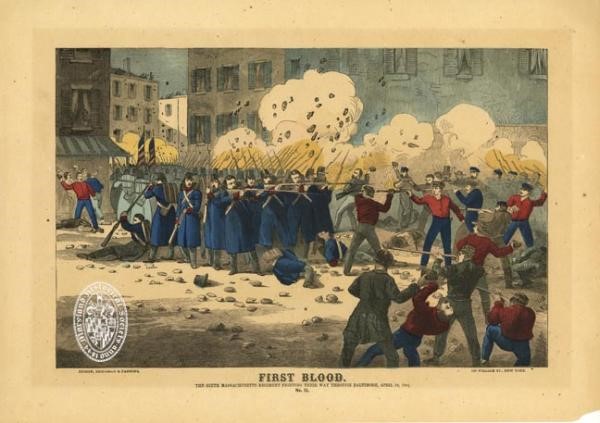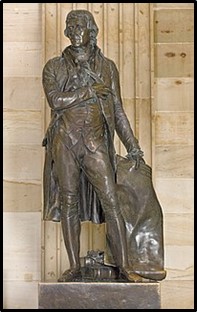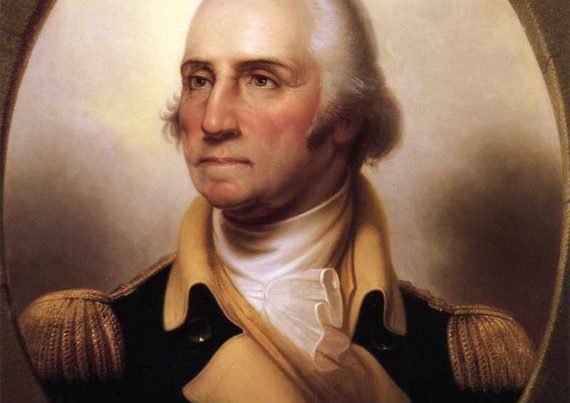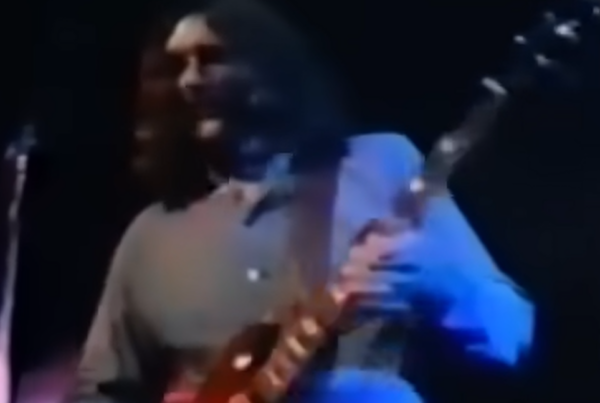The recent riots in Baltimore gave most Americans pause as they struggled to make sense of the violence that tore at the fabric of some of the city’s most impoverished and desperate neighborhoods. President Barack Obama moved swiftly to enlighten Americans that the origins of the violence in Baltimore could be traced back to the days of Jim Crow and slavery. Read the subtext: “It’s the South’s fault.”
The problem with blaming slavery and the legacy of Jim Crow is that it is a bit too rich. Baltimore is a city where African-Americans who belong to the Democratic Party have controlled the levers of power for some time. Does this then mean, according to Mr. Obama, that Mayor Rawlings-Blake, City Council President Jack Young, or States Attorney Marylin Mosby are perpetuating the legacy of slavery and Jim Crow, or are somehow powerless to combat this legacy even when they hold the levers of power? Either way you look at it seems to me the President of the United States has just insulted these African-American officials, himself, and Attorney General Eric Holder as well. Indeed, if the legacy of Jim Crow and slavery is so strong as to directly affect the events of today, then how exactly did any of these officials get elected or appointed and why are they unable to do anything about it? While we are at it I have another question. When do we know that the legacy of Jim Crow and slavery has vanished? When its political usefulness has come to an end?
At the end of the day the Baltimore riots are not symptomatic of any one thing, but a host of things. Let’s try these on for size: the destruction of the African American family via (in part) through the policies of Lyndon Johnson’s Great Society. The same Johnson, by the way who reportedly stated, that his Great Society would keep African-Americans voting for the Democratic Party for the next two hundred years—though he said it in less than genteel phrasing. Or how about the “war” on non-violent drug offenders, civil asset forfeiture laws, and a “gangsta” culture that is utterly dehumanizing? The reality of the situation is pretty stark. No one in Baltimore really has a vested interest in addressing the problems of neighborhoods like Sandtown or Mondawmin. These folks were abandoned a long time ago as their labor was no longer needed for the factories, mills, and railroads. The dirty little secret about Baltimore is that most of the African-American officials who run the place have as little in common with the residents of West Baltimore as any upscale, white, liberal parked in a condo down in Canton, the old Irish heart of Baltimore which is now trendy. Shoot, forty percent of municipal employees do not even live in the city.
Now our political betters will tell us that all of this could end if only more public cash were thrown at education in the city. But how much more? Baltimore City already spends over $15,000 per student, though no one ever seems willing to inquire as to how the money is actually spent. And pray tell for what shall the residents of West Baltimore be educated? What plan have the city fathers and mothers come up with regarding the futures of these folk? I’ll state it plainly, there is no plan other than maintaining the status quo. After all the status quo has done right by the public officials of Baltimore.
Which leads us to the apologists for the riots, and others who instruct us to call it an “uprising” and not a riot. There have been significant uprisings in the history of Baltimore. Baltimore’s militia did rise up to successfully turn back an invasion of the British in the War of 1812. The last major uprising in Baltimore’s history that I can recall occurred in 1861 as Baltimoreans attacked Federal troops passing through their city. Baltimore was very much the Southern town in those days, and this passage of federalized militia through the city was viewed as a grave affront. If it was a riot, it was a darn political one.
The more recent civil disturbance in Baltimore does have its cause, in part, in the perception that the city police are acting more as an occupying force in the neighborhoods of West Baltimore than as peace officers. But recall, the city police force is nearly fifty percent African-American, so the color blue has a good deal more to do with the violence than black and white. Sadly, the outright thuggery of some members of the Baltimore City police is too well documented too deny and it knows no color line. That said, I don’t think any songs shall be written about the great and heroic assault on CVS pharmacy, the fight for the five finger discount, or the liberation of toilet paper and Doritos from the local corner store.
One thing we now do know, Baltimore is no longer the paradoxical half-northern, half-southern city, the tough but hospitable town once nicknamed “Charm City.” No, now it resembles a city in the developing world with its cohort of wealthy folks clustering about the central business district as the outlying neighborhoods rot. As for the African-American residents of the neighborhoods along North and Pennsylvania Avenues, Sandtown, Westport, and Cherry Hill, many of whom are the descendants of South Carolinians who made the long trek north a century or so ago, whither do they turn? And what hard questions will they ask of the city officials who now look just like them? Maybe they shall discover that race isn’t the issue after all.







